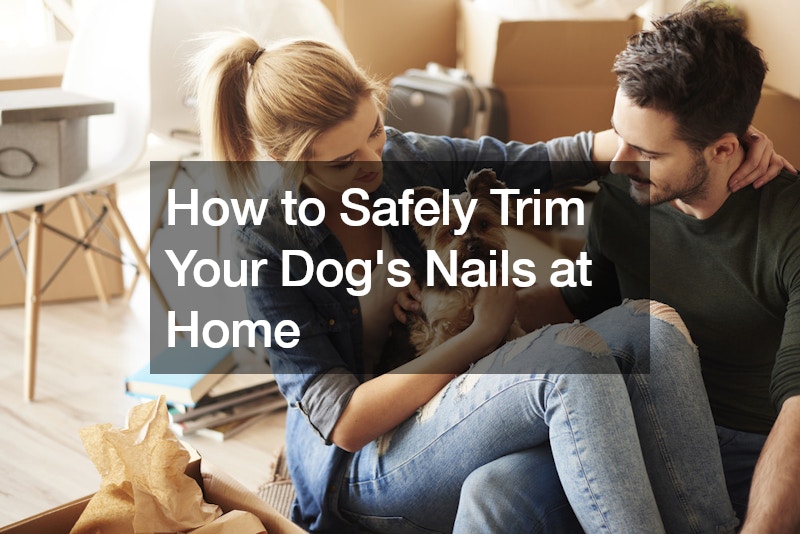Keeping your dog’s nails properly trimmed is an essential part of their grooming routine. If neglected, overgrown nails can cause discomfort and even lead to health issues. While some pet owners may prefer to leave nail trimming to professional dog groomers, it’s entirely possible to perform this task at home with the right tools and techniques. In this guide, we’ll walk you through the steps to safely and effectively trim your dog’s nails in the comfort of your own home.
Why Nail Trimming is Important
Firstly, let’s understand why nail trimming is crucial for your furry friend. Dogs’ nails typically wear down naturally when walking on hard surfaces. However, if left unchecked, nails can grow too long, causing discomfort and even affecting their ability to walk properly. Overgrown nails may curl into the paw pads, leading to pain, infections, or changes in gait. Regular nail trimming helps prevent these issues and keeps your dog healthy and comfortable.
Tools You’ll Need
Before you begin, gather the necessary tools. You’ll need a pair of dog nail clippers, preferably with a safety guard to prevent overcutting. Alternatively, a nail grinder can be used, especially for dogs with black nails where it’s harder to see the quick. Additionally, have styptic powder or silver nitrate on hand to stop bleeding in case of accidental cuts. These items are readily available at pet stores or online.
How Often to Trim
The frequency of nail trimming depends on your dog’s activity level and the rate of nail growth. As a general rule, check your dog’s nails regularly and trim them before they touch the ground. For most dogs, this means trimming every 2-4 weeks. However, some may require more frequent trimming, while others may need less. Pay attention to your dog’s nails and adjust the trimming schedule accordingly.
The Trimming Process
When you’re ready to trim your dog’s nails, follow these steps:
- Prepare Your Dog: Introduce the clippers or grinder to your dog gradually, offering treats and positive reinforcement to create a positive association.
- Choose the Right Position: Place your dog on a non-slip surface or have them lie down comfortably. Lift one paw at a time, ensuring your dog is calm and relaxed.
- Locate the Quick: Examine the nail closely to identify the quick, the pink area containing blood vessels and nerves. Avoid cutting into the quick, as it can cause bleeding and discomfort.
- Trim the Nail: Using sharp, dog-specific clippers, make a quick, decisive cut at a 45-degree angle, avoiding the quick. For black nails, trim small amounts at a time to avoid cutting too close.
- Use Styptic Powder: If you accidentally cut into the quick and bleeding occurs, apply styptic powder or silver nitrate to stop the bleeding. Apply gentle pressure until the bleeding stops.
- Repeat for Each Nail: Trim all the nails, taking breaks if needed to keep your dog comfortable and relaxed. Remember to reward your dog with treats and praise throughout the process.
Extra Tips for Success
Here are some additional tips to ensure a successful nail trimming session:
- Regular Handling: Get your dog accustomed to having their paws touched and nails trimmed from an early age.
- Positive Reinforcement: Use treats, praise, and gentle encouragement to make the experience enjoyable for your dog.
- Take Your Time: Remain calm and patient throughout the process, stopping if either you or your dog becomes stressed.
- Seek Professional Help if Needed: If you’re unsure or uncomfortable trimming your dog’s nails, consult a professional dog groomer or veterinarian for assistance.
Conclusion
With the right tools, techniques, and a calm approach, trimming your dog’s nails at home can be a simple and rewarding task. Regular nail maintenance is essential for your dog’s comfort and well-being, so don’t overlook this aspect of grooming. By following the steps outlined in this guide and being patient with your furry friend, you can keep their nails in optimal condition and ensure they stay happy and healthy for years to come.
.


